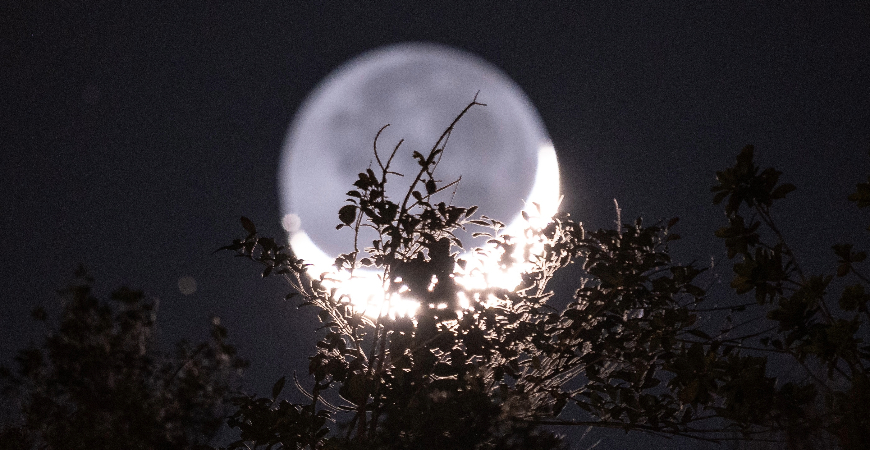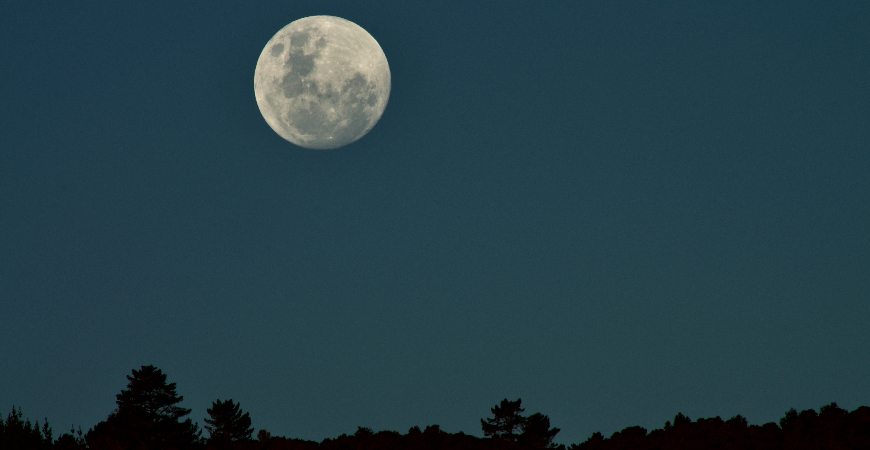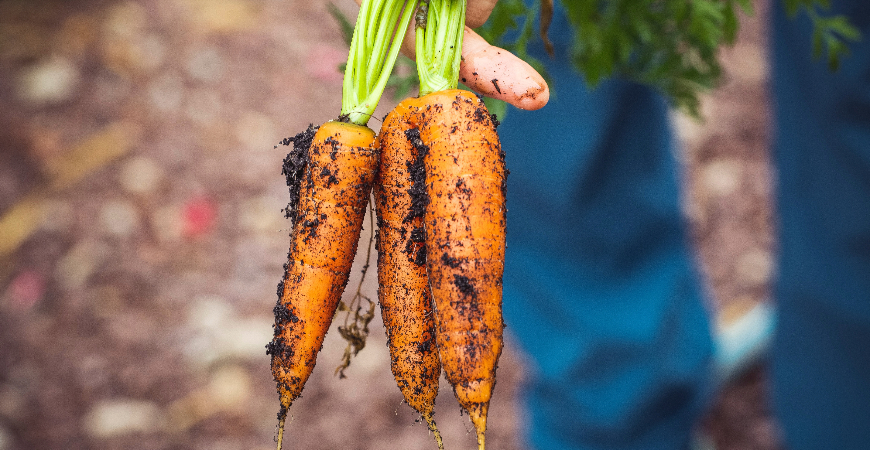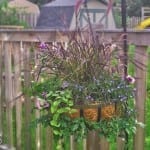
Moon Gardening: Our Guide to Planting by Lunar Phases
When the moon hits your eye, that’s a big pizza pie. But when your moon hits your garden, now that’s amoré.
Gardening by the moon and its phases is a practice practically as old as horticulture itself. But should you use it to plan your garden?
To help you better understand this ancient method of gardening, we’ll walk you through the theory behind it, list the potential benefits, and uncover which plants may gain the most.
What is Moon Gardening?
Gardening by the moon sounds like your plants and flowers rely on lunar light for all their photosynthetic needs. However, that would be incorrect.
Moon gardening involves planning your planting by lunar phases. That is, it’s about using the moon to determine the ideal time to plant your crops.
Before launching forward into an exploration of how the moon may affect plant growth, let’s take a step back to discuss the different phases of the moon.
Anyone who’s taken the time to gaze upwards upon the celestial bodies dotting the heavens has likely noticed the moon’s evolving appearance throughout the month. That’s because every 29.5 days, the moon undergoes a full lunar cycle where its position between Earth and the sun changes.
There are four lunar phases: the new moon, the first quarter moon, the full moon, and the fourth quarter moon. The latter phase is sometimes referred to as the last quarter moon.
Throughout this lunar cycle, the moon either waxes or wanes.
When it’s changing from a new moon to a full moon, it’s waxing. Conversely, when it moves from the full moon back to the new moon, it’s waning.
Gardening by moon phases, then, means planting specific types of seeds during these phases.
When the moon is waxing, that’s considered the ideal time to play seeds yielding fruit above ground. During waning periods, that’s when to plant root crops where the edible portion stays beneath the soil’s surface.
To dig a bit deeper into the topic, there’s an obvious connection between lunar phases and astrology, but you can also connect gardening in there, too.
Water and Earth signs — such as Cancer, Scorpio, Pisces, Taurus, and Capricorn — are believed to offer fertile conditions for growth. Air and fire signs — Gemini, Aquarius, Aries, Leo, and Sagittarius — tend to bring more barren periods.
Does Gardening by the Moon Actually Work?
As we mentioned in our opening, lunar or moon gardening has been around for almost as long as humans have planted crops and reaped the fruitful benefits. And for a practice to last as long as that, there has to be some evidence of its benefits, right?
It makes sense that we would assume lunar phases affect our plants. There’s no scientific dispute, for instance, over whether the moon affects our oceans’ tides because we know for a fact that it does.
Some environmental aspects tangential to the moon’s position can also impact plant behavior. For example, some plants are night bloomers that open their blooms more fully once the sun sets. (These are ideal for a moon garden, which is a different thing altogether from moon gardening.)
Of course, as the moon’s time in the night sky grows shorter, the lengthening periods of daytime sunlight help activate photosynthesis, too. Recent studies have also found that plants have a circadian rhythm similar to humans and other animals.
There also appears to be some evidence that full moons tend to pull more moisture to the soil’s surface, where it is more easily absorbed by a seed. And, of course, seeds need that water to sprout and grow.
While all of this seems to support some relationship between lunar phases and gardening, things tend to get a bit cloudier when you try to draw a direct connection.
There’s little evidence that the moon, its phases, its gravity, or its luminescence have a consistent relationship with plant growth. And the direct evidence we have tends towards the tangential instead of direct benefits.
One study found that a Middle Eastern shrub produced more pollen during full moons. The additional light from a full moon also made it easier for pollinators to navigate, find the pollen, and successfully pollinate.
That said, some gardeners swear by using the lunar phases to guide their planting schedule. And if your garden struggles to produce, there’s no harm in employing this method.
What’s the Moon Gardening Calendar?
The moon goes through its full cycle every 29.5 days. Unfortunately, that doesn’t quite match up with our months with their typical 30 or 31 days (except for that pesky February).
So, we can’t simply state, “The full moon is the 15th of every month.” That means the best way to track the lunar phases is through a moon gardening calendar.
For the rest of 2023 and 2024, you can also mark these dates to create a full moon calendar:
- September 29, 2023
- October 28, 2023
- November 27, 2023
- December 26, 2023
- January 25, 2024
- February 24, 2024
- March 25, 2024
- April 23, 2024
- May 23, 2024
- June 21, 2024
- July 21, 2024
- August 19, 2024
- September 17, 2024
- November 15, 2024
- December 15, 2024
Knowing when the full moon occurs will help you determine when the moon is either waxing or waning. That can then guide you as to what you should be planting.
During the new moon period, consider growing crops whose edible portion grows above ground:
- Beans
- Celery
- Corn
- Leafy greens
- Peppers
- Tomatoes
As the moon continues waxing and enters its first quarter phase, plant fruits or foods with external seeds.
Then, as the moon wanes from a full moon into its new moon phase, consider planting root vegetables:
- Beets
- Carrots
- Potatoes
- Radishes
- Turnips
Fruit trees, with their need for strong roots, can also be planted during the waning period.
One final thing to consider, when the moon enters its last quarter phase, cease planting altogether. Instead, focus on tasks that will improve the soil, such as composting, mulching, and weeding.
Gardening By Moon Cycles May Yield Better Results
For as long as there’s been a moon and gardening, there has been moon gardening.
This ancient practice has seen a resurgence recently. Though the direct evidence is still yet to be seen, using lunar phases to guide your planting practices may help your garden grow.














